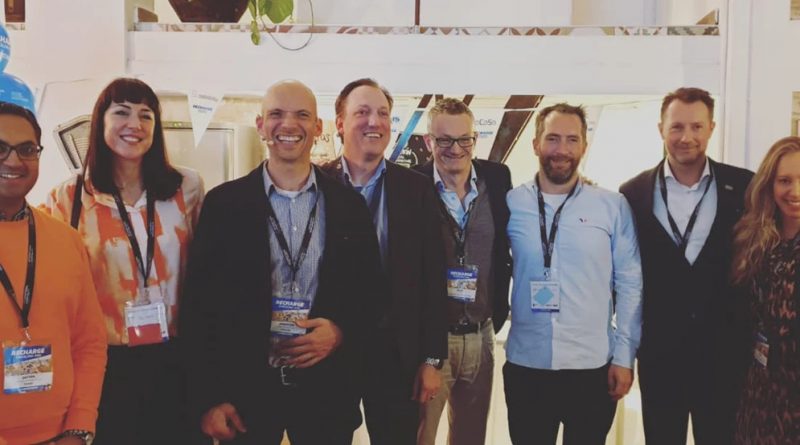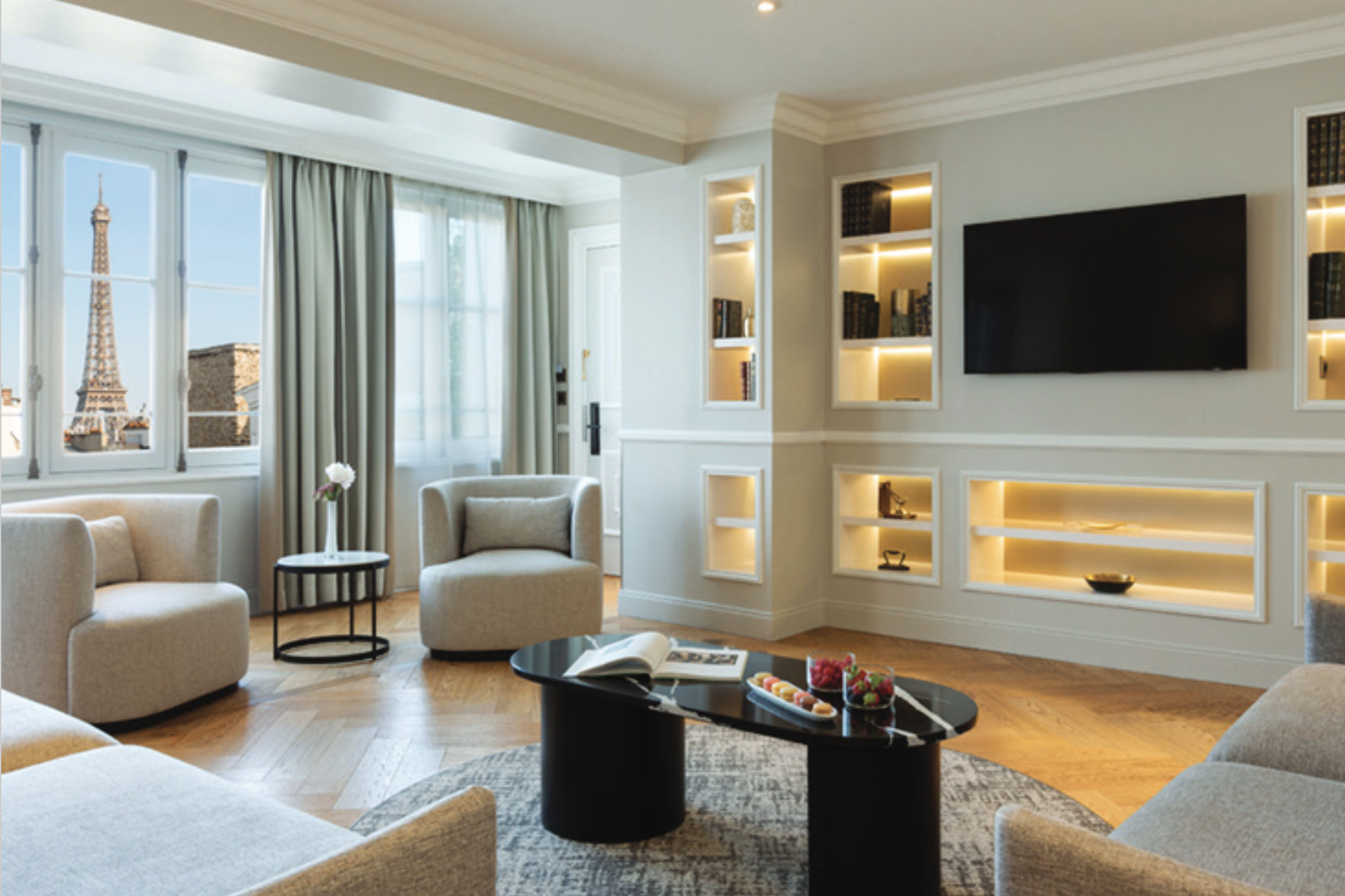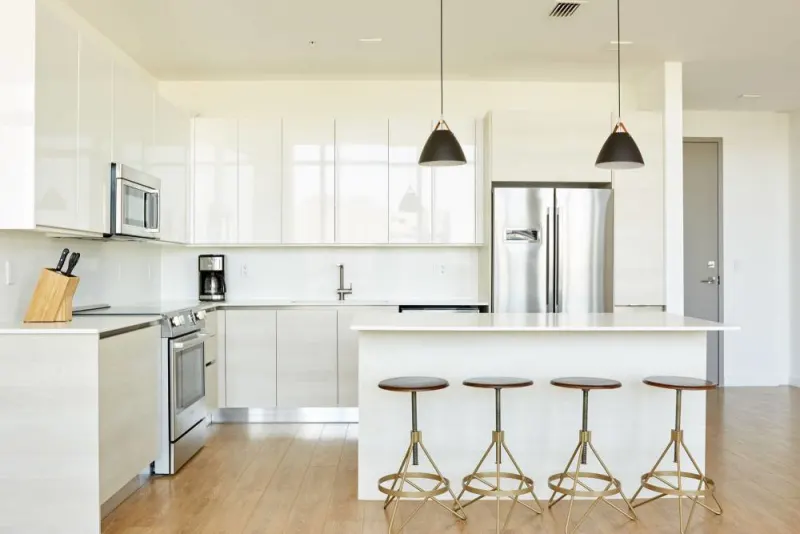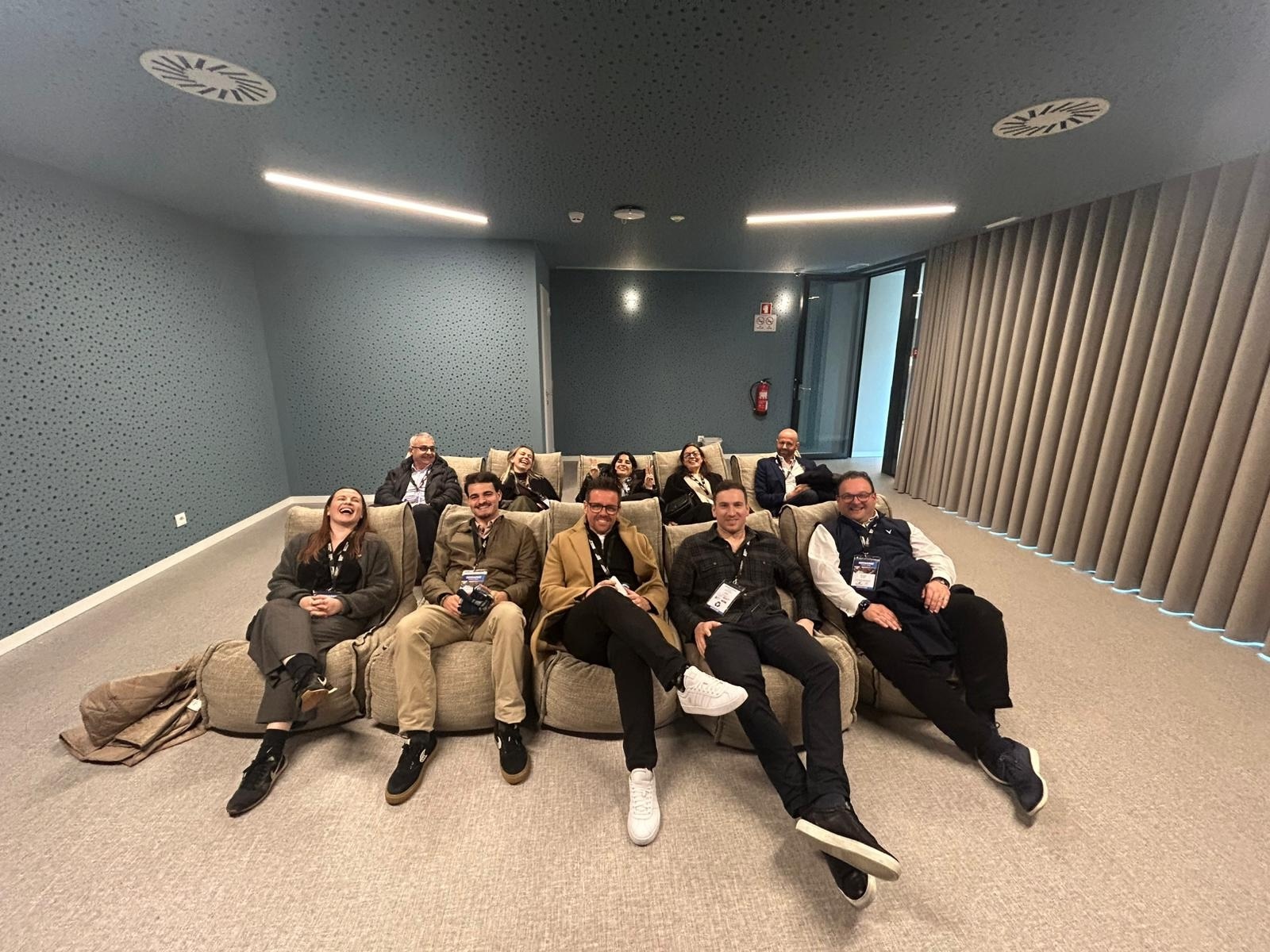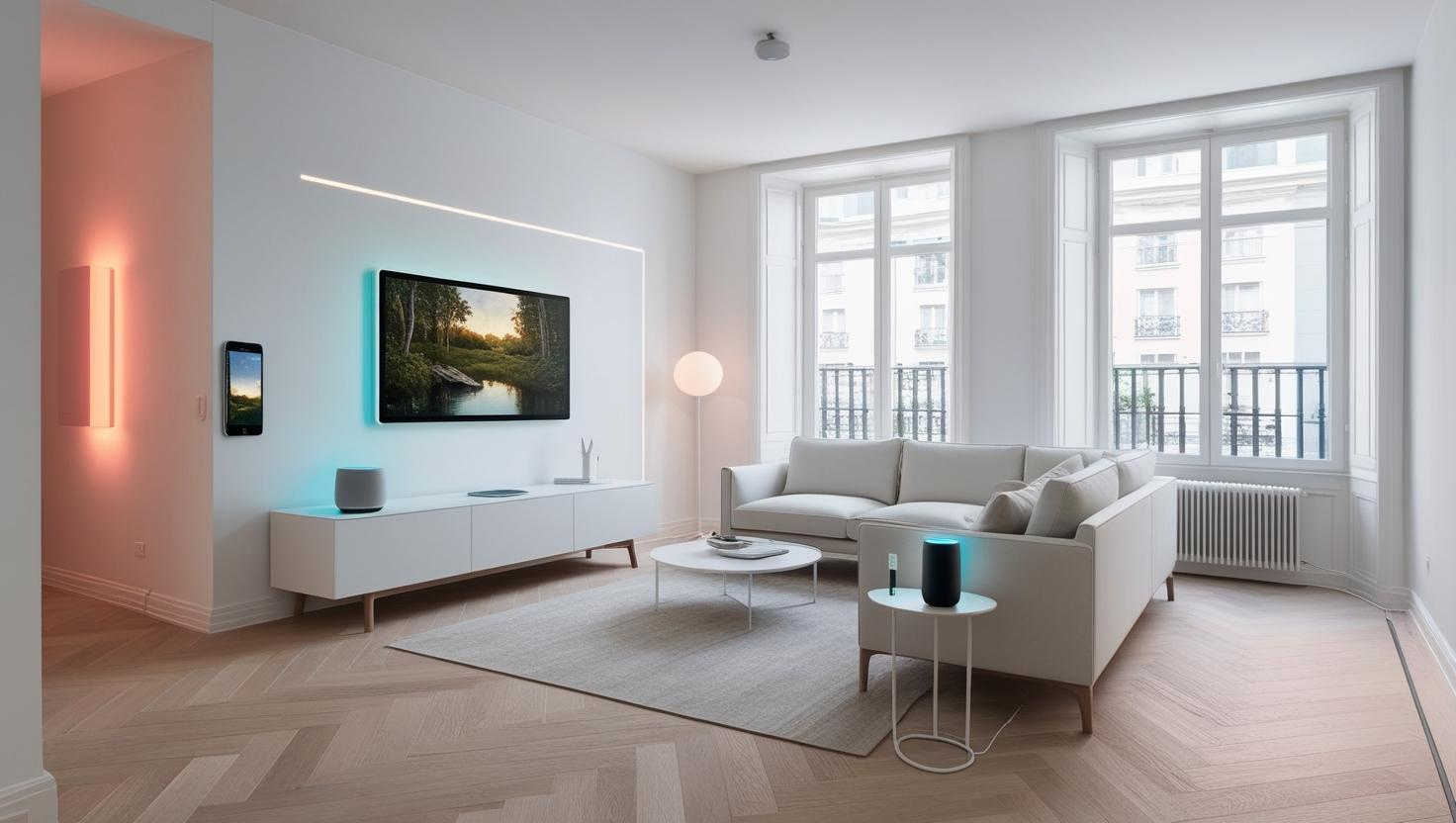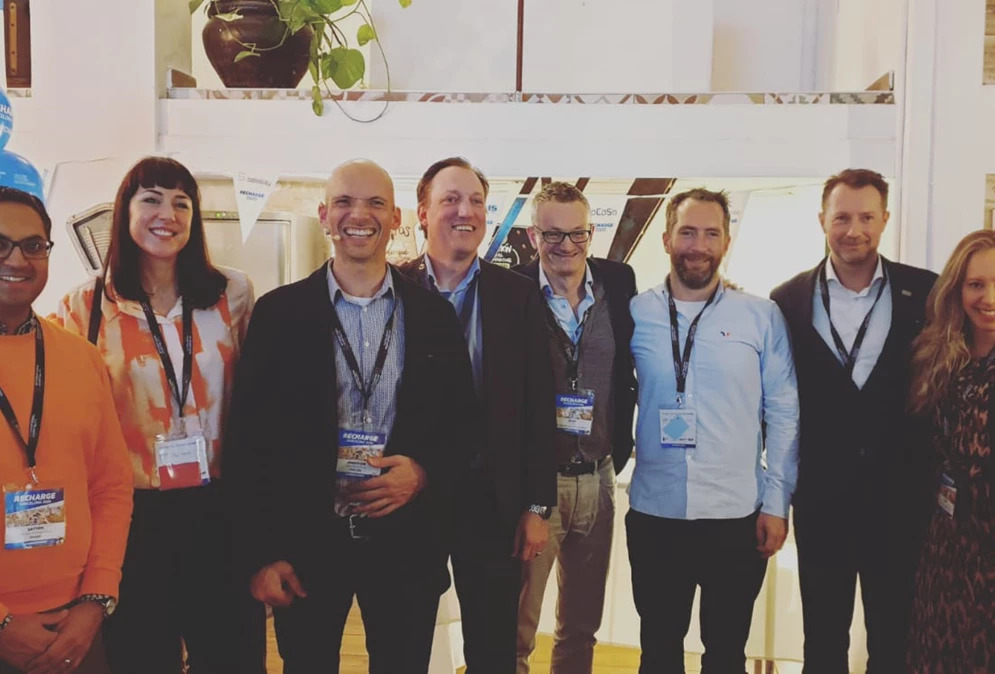
Jonathan Humphries of HoCoSo has coordinated a co-authored piece based around the Co-Living Concept of the Future session at the 2020 RECHARGE event in Barcelona.
The Co-living concept of the future – co-created in collaboration to drive our industry forward
Co-living companies, along with all other forms of hospitality real-estate are trying to identify the relevance of what they are doing for their customers, and how to create strong communities, experiences, whilst delivering strong financial returns; as well as being thoughtful about resources and sustainability. It’s a big ask from anyone to try to do this in isolation.
As our hospitality real-estate industry is undergoing unprecedented upheaval and blurring of boundaries, something that at HoCoCo we have coined as the Co-Everything movement, it is more important than ever before that we collaborate to find solutions, together!
At HoCoSo, we’ve labelled 2020 as our Year of Community. This brave open forum at IHM Recharge 2020 in Barcelona, was an open-source brainstorming workshop in order to identify the key success factors for making a co-living concept of the future. With more investment entering this space it is critical that an open dialogue exists and that concepts are created in collaboration with our community, so that we can create innovative concepts which are at the top end of the Experience-Community Spectrum.

Leading a 60-minute workshop with 130+ delegates was no easy task, however thanks to everyone’s active participation we were able to combine our latest thinking to give some very strong guidelines and perspectives to consider for creating the next generation of co-living concepts.
The following article is written by the combination of industry leaders which led the various brainstorming hubs, under the topics of: Public Spaces, Services & operations, Networks in the Neighborhood, Room Design, Technology & Distribution, Healthy Buildings & Sustainability, and Investor Considerations.
Jan Garde, founder and chairman of The Embassies of Good Living, for Public Spaces
PUBLIC SPACE 1-2-3-4
While designing public space, the key is to identify and the specific audiences.
The first point is always to kick off by understanding who will be using, interacting, maintaining, visiting the space we are going to design. Understanding WHO will be our audience: residents, friends, family, neighbors as well as public – including those who will maintain the space like involved staff, external service providers etc.
The second stage identifies the needs we are trying to solve with the space. Obviously going beyond the basic need for shelter we need to understand what it is people seek in visiting this space. Why should they come? What need will our space cater to? Understanding what it is the space is going to solve for our residents and what its key objective should be is the starting point for…
… the third stage. Now it comes down to translate these findings into a design brief that takes into consideration who our audience really is and what prime needs the space is going to solve for them.
Once we haven’t made any big mistakes we come to the fourth, the most crucial step of designing a great public space: programming and operations. Ultimately this comes simply down to finding the right people, might they be called community managers, shepherds, guides, hosts … The people who make sure that meaningful connections between our audience can be made, the space is properly functioning as it is intended and the right blend of people attracted. Unfortunately, this step is often not being considered as important – but this is where the magic is. Humans relate to humans. Not to a beautiful couch or nice piece of art. Both can make spending time in these settings much more enjoyable, but it will always be „Hannah“ the community-wizard who brings the space to live.
Jouke Baaima, director and co-owner at ServicedApartments.nl and Corporate Housing Factory, for Services & Operations:
Turning the building into the hospitality and community service of the future:
In this workshop Jouke Baaima and his team of hospitality experts sought opportunities and creative ideas to look at housing/(serviced apartment) buildings of the future. Which services and operations could create a totally unique co-living experience?
New generations, technology innovations and other developments are pushing the hospitality industry to evolve. How can we create an innovative co-living concept? The most important takeaways or key-elements of our discussion were:
-
Providing the residents with a true and local experience. That means that the co-living experience should be authentic, where people can meet real people doing real things (and make new lifelong friends at the nearest local coffee-shop!)
-
Making use of a variety of smart (mobile) technological solutions to streamline operations and enhance the resident’s experience. Of course technology plays a critical role in the modern hospitality landscape and there are many ways in which emerging technology can transform the experience, but the main thing here is that it should provide more convenience and customization. It’s all about a personalized, seamless experience.
-
Designing multi-purpose spaces. Rather than thinking into single purpose spaces, the building should offer residents multi-purpose or mixed-use spaces to enhance flexibility and the ‘urban experience’. These spaces should be designed to spur a sense of community and creativity. It’s about bringing people and experiences together: working, dining, playing, connecting! Creating more space for real-time, communal experiences is key.
Janice Mitten, partner and head of business development at Dexter Moren Associates, for Room Design:
Our group was encouraged to really think outside the box, or box apartment in this case.
Idea one – Expanding spaces
Apartments on a moveable track, able to expand in size for different needs and life stages: friends coming to stay, girlfriends moving in with their shoe collection, baby 1,2, or 3 born, and of course wheelchair access for lifetime living.
If you want to rent out your apartment, all the furniture is stackable and fits together in a Tetris fashion, from floor to ceiling and wall to wall. Your apartment is then able to contract and move down the track so you can rent it out without having strangers in your space and building.
Idea two – Multi-use everything!
Make a small space work for you with multi-use furniture and appliances, this is thinking way past the sofa bed. The bathroom basin and kitchen sink can be one unit in between both areas, the sink splash back flips around like a secret wall to become a mirror with vanity area. Dexter Moren Associates already uses similar innovative thinking in our interior designs by incorporating a dual vanity to make it easier for two people to get ready at the same time when sharing a hotel room.
Then we have the ones that are easy to do, the kitchen table that doubles (triples?) as a desk and an ironing board.
The flatscreen TV that triples as a beautiful piece of ever-changing art or a mirror when required.
And of course not to forget the ever important health & fitness opportunities, curtain rails strong enough for pull ups, rugs that flip over as yoga mats, and a mini treadmill or Stairmaster that can be used while working at the flexible height desk or while doing the dishes, at the same time powering the apartment with kinetic energy!
Satyan Joshi, hotel ads business leader at Google, for Technology & Distribution:
Two key challenges emerged from our workshop regarding Technology & Distribution in the Co-Living space.
-
Being able to ensure a cohesive mix of tenants.
-
How can a supplier streamline their recruitment of ‘vetted’ applicants?
-
Enabling the use of existing technology to help assist those looking for a place to live
to create a ‘profile’ that would be visible to both existing tenants & also to create a profile of the living space. Similar to tech used in some Dating apps & also some Cruise companies that are able to help group like-minded / demographic guests together during their Cruise experience.
-
Look into the creation of a Global Membership accreditation which is given to a tenant post a completed period of time. This membership would allow the guest to seamlessly move to Global properties signed up to the membership scheme, akin to a ‘Soho House’ membership. Taking the effort out of vetting, credit checking etc. the individual. Your membership would be editable over time as life circumstances change.
Roger Allen, founder and group CEO of Resources for Leisure Assets, for Healthy Buildings & Sustainability:
Compelling co-living properties of the future must address healthy buildings and sustainability by being fully dependent on 100% renewable energy sources and eliminate unnecessary energy and packaging waste. It is also essential that they reduce needless carbon footprint.
Sustainable and healthy buildings will essentially need to provide the best environment for inducing better health by being a haven for rest and sleep with the purified air quality, lighting such as biological and circadian lighting that regulate the internal clock of the human body, proper temperature for inducing better health, controlled noise and acoustics as well as a control mechanism for managing electro smog exposure.
Peter Heule, CEO Yays, for Networks in the Neighbourhood:
To understand the neighbourhood and the dynamics it is key to understand the added value to a community of your hospitality concept. Open communities and concepts that unlock the neighbourhood are of big added value to local economies and can have great positive impact on social coherency. At the same time, you could imagine cities or areas where you want a closed hospitality concept E.g. when creating a student housing concept in an unsafe area you could support the idea that the concept is a closed community that only impacts the network of the university and not beyond.
True networks do support all stakeholders in a neighbourhood. The most important starting point should then be that the neighbourhood concept should be at the heart of the concept. If the conceptual idea is not genuine it will not work as the stakeholders will not buy into it. An authentic network concept should be in symbiosis with the different stakeholders in that specific neighbourhood. This could be done by not offering food and beverages on site if there were restaurants and bars in the vicinity. Why compete if there are stakeholders in a neighbourhood that barely survive (but have a great concept)? Hiring locally is a must. Not only for offering locals a job, but moreover to really grasp the wants and needs of that neighbourhood.
What is your concept adding to a neighourhood? And how is your concept solving (local) challenges?
Lissa Engle, founder and managing director of Berkeley Capital Group for Investors considerations:
Investment considerations include such factors as location (affordability and housing, demographics, access to transport, competition), development cost and design (conversion or new build, scale, room to shared facilities ratio), use class granted (Sui generis, C1 hospitality use and/or C3 residential use) and tenant profile. Given tenants are willing to pay a premium for the convenience of flexible lease terms, furnished units, housekeeping, fitness centres, curated events with F&B, coworking and/or potential retail space, co-living floorplates are increasingly dense where investors often look to NOI per sqm to benchmark against other use classes. Depending site options, price per room (student accommodation, hotels) or price per sqm (residential) are also used to benchmark.
In terms of valuation, yields are applied to long and short stay income to derive a blended yield, where yields on short stay income are higher than long stay and more aligned to hotel yields. Depending size of the development and weighting of other facilities, leases/HMAs on the F&B, co-working and/or retail space can be further included to derive the blended yield.
Other considerations to factor in are FF&E for short term tenancies, seasonality of tenants and high operating costs. Investment trends include an increased number of beds per development to provide greater economies of scale, owner operated versus leased assets to streamline operating costs and provision of a co-living offering which caters to different tenant demographic groups. As the line between use classes is blurring and investors chase yield, it is not surprising investors from other sectors continue to move into co-living attracted by the market potential and investment returns.
Wrap Up
This exercise at IHM Recharge was the start of an open source collaborative journey to start to solve the challenges of our hospitality-real estate industry. HoCoSo has hosted workshops on creating new apart-hotels, serviced-apartments and now co-living. This article is not meant to be prescriptive, but an opportunity to accelerate thinking and to ensure that we avoid creating concepts in isolation, which end up harming the reputation of the sector, rather than creating aspirational best-practice examples which work for all parties. So, take the parts from this article which resonate with you and reflect on the other perspectives and how you can incorporate them. Let’s keep this open dialogue going. Be constructive, add your thoughts and together we can make a more exciting, relevant and innovative sector.
More info
The all engaging conference IHM RECHARGE 2020, took place in Barcelona, on January 20th and 21st. This one-of-a-kind conference gathered elite entrepreneurial minds in a refreshing setting open for debate and discussion around the trends shaping our industry.
HoCoSo were proud sponsors for this event. Jonathan Humphries, chairman and co-founder of HoCoSo, was joined there by Katharine Le Quesne, managing director; Rhea Watfa, marketing and media manager; Nicola Mindjerhan, hotel analyst and Alba Pons, hotel analyst intern.
“You can tell that all of us attendees are working in the field of new hospitality and real estate concepts, just by the entrepreneurial energy in the workshops and the focused and lively discussions over the two days. It’s very un-corporate in the traditional sense. Actually, it’s a breath of fresh air.” Katharine Le Quesne


